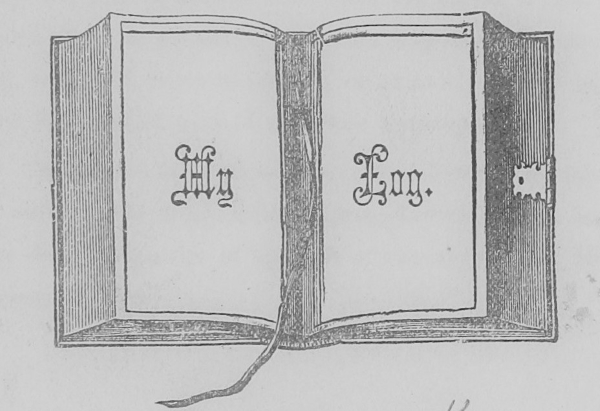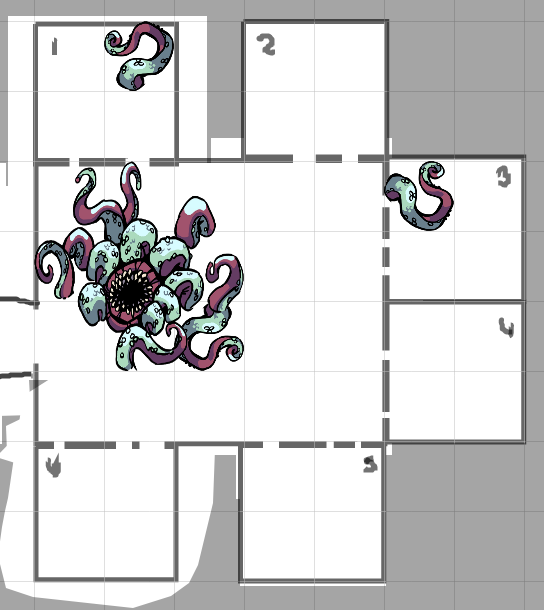Character creation in a lot of RPGs get you to think about a background for your character, and almost all of those, including D&D, get you to think about your ties to the world. The Background in D&D comes with a few questions which prompt this: what was the event which made you a folk hero? what made your turn your back on civilisation?
However, very few of those 5e backgrounds prompt you to think about specific people, with names.
Sources of information
In Call of Cthulhu, when you pick your occupation it specifically calls out the contacts you might have made during the course of your work. As a game based around investigation, and rarely brute force, having Barry from the Legal Team as a friend (or even just colleague) gives the player an avenue to turn to when they’re desperately struggling to find the next stepping stone. Finding new contacts is an actively part of the game too – the gunsmith isn’t just a person to sell you guns, but a name you should write down because you’ll need their expertise when it comes to tracking down the owner of a recently sold gun.
When creating a Shadowrun character, you can allot some of your starting attribute points to making new contacts. This isn’t quite a one-to-one relationship, but you can either pick a new spell or add a new contact. Similar to Cthulhu, Shadowrun is all about planning a heist and tracking down information, so it’s not surprising there are such systems around making a network of sources.
Finding a new contact can be as powerful as finding a magic item in Faerun. In Shadow of the Demonlord’s core rule book, this is specifically called out. Being introduced to the High Cultist might be the reward for an entire quest chain. Demonlord doesn’t put as much effort into this as some other systems, but it does include some prompts to be thought about when adding a new NPC.
Having this potential source of information doesn’t necessarily give the players a superpower; the DM still controls if what these sources know. This type of thinking – around if you’ve accidentally made your players too powerful – is counter-productive to fun. Instead, consider it another way for you to feed plot to the players when their wheels start spinning.
Family
There are far too many orphaned and unattached adventurers in the world. Too often there are no ties to their home. Even total losers have at least a cousin they have some affinity for.
At the beginning on my Maze of the Blue Medusa campaign, I asked the players why do you owe this kenku a favour? Despite coming with ideas about their character, there was no prep time for this, and they had to improvise something on the spot. I’m certain that’s the first time some of them had thought about the fact that their father needed some falsified documents, or that they were still living in their parents basement.
My main aim with getting the answer to this was to find ways that the characters were tied to the world, so I could wrap the plot around it when needed. It just so happened that along the way we learned about some of their family, and some of them become NPCs that the characters cared for. “Well, we can’t do the ritual in my home… what if someone bad happens and it affects my mum?” This isn’t just about role play (which a certain type of player is uneasy around) – it’s sometimes key to plot.


